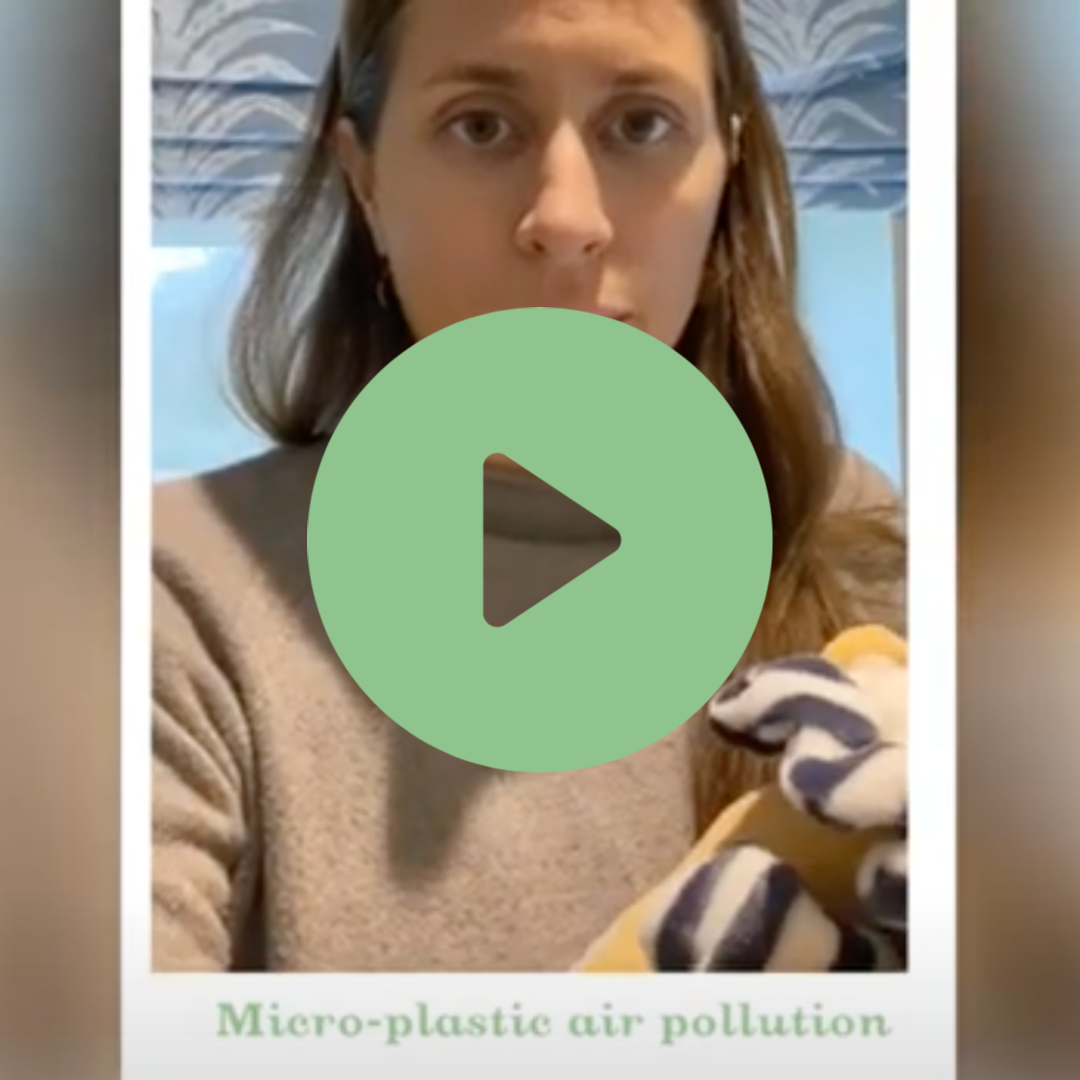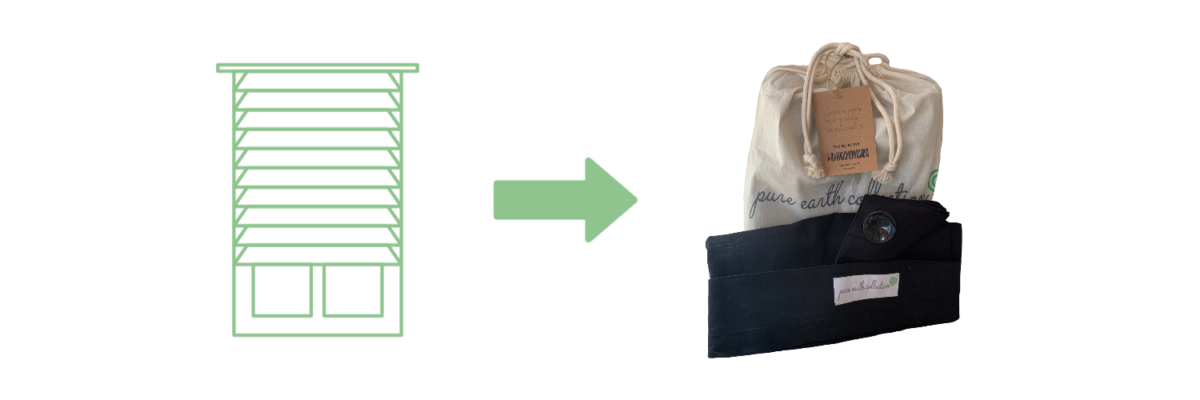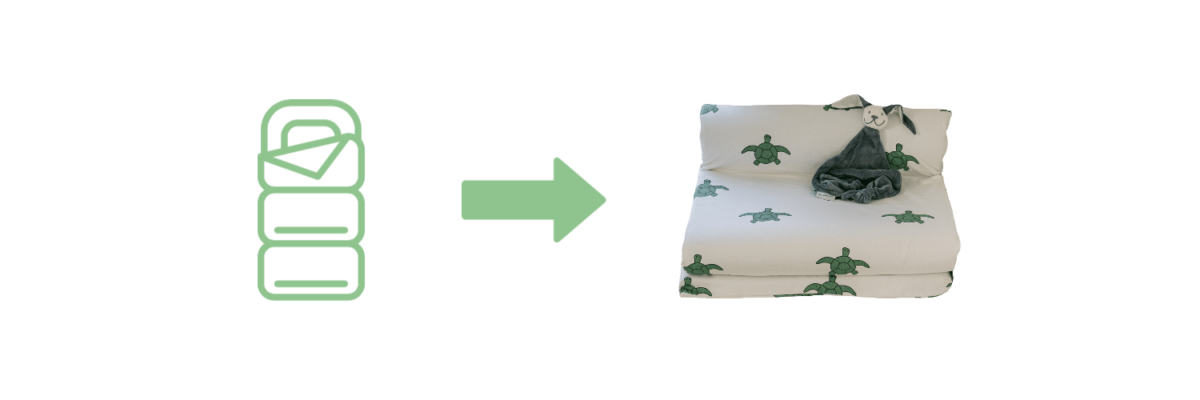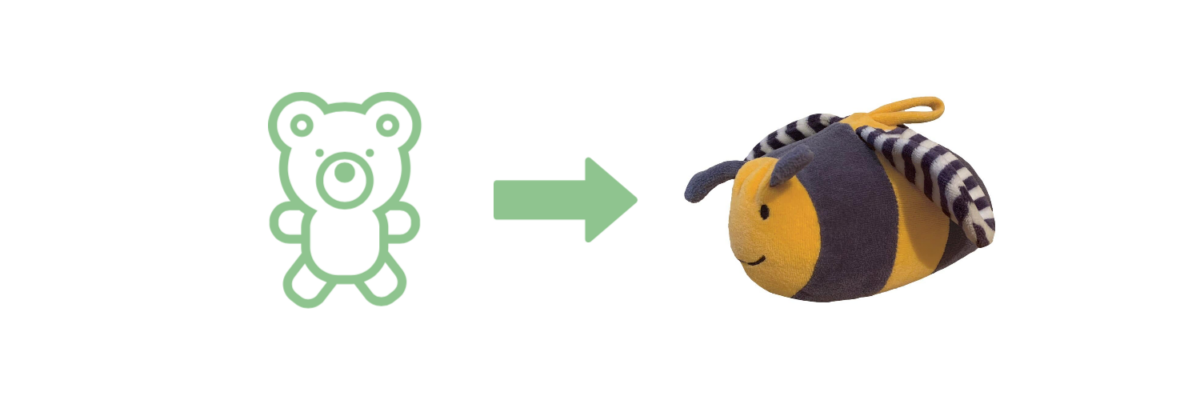
Indoor Air Pollution – Where Does It Come From And How To Improve It
Each year, around 36,000 people die in the UK as as a direct result of air pollution. Children are at greater risk from dirty air as they breath in more air per second relative to their body weight and they are at crucial stages of development. Shockingly the air inside our homes is around 600% more contaminated than the air outside, even in major cities. Indoor air pollution comes from small particles of dust, mould, dirt and chemicals and gasses which build up in our household air.
The purpose of National Clean Air Month in May is to help encourage people to take positive steps to improve air quality. Most of us spend around 90% of our time inside. It’s therefore essential that we all ensure that the air inside our houses is as clean as possible to help protect ourselves and our kids by keeping our environments clean and safe.
Below, we talk through the main contributors to indoor air pollution and suggest some simple changes we can all make to help keep the air in our houses nice and clean.
Where is indoor air pollution coming from?
1 Chemicals and gasses
Unfortunately the chemicals in modern day life are seemingly everywhere and make their way into our homes on everyday items from cosmetics to furniture. From there, they are released into the air that we breath in large quantities, leading to poor indoor air quality. For example, gas ovens have been shown to be a key contributor to indoor air pollution. This can be significantly reduced by putting on the extractor fan and opening windows when you cook. And there are many other innocent looking sources of poor indoor air quality too. Some of the main household chemicals to look out for include:
Formaldehyde: Formaldehyde is a poisonous gas which is a known carcinogen and hormone disruptor. Formaldehyde is often found in fabrics, curtains, carpets, upholstery, MDF and composite wood and glues. This chemical is also rife in beauty products, cleaning products and home scents, like air fresheners, perfumes, hair sprays and scented candles. It’s used on fabrics as it helps prevent mildew, reduce wrinkles and helps coloured fabrics keep their vibrance. And it’s used in beauty products as a preservative.
PfAS (or “forever chemicals”): PfAS are in fire retardant sprays and foams, non-stick cookware, waterproof coatings and more. One of the biggest worries about these chemicals is that they are known to bioaccumulate in humans, causing long term health issues including neurological damage, hormone disruption and cancer. Flame retardant chemicals have long been known as a key contributor to indoor air pollution for this reason.
Phthalates: These are in air fresheners, scented candles, perfumes, vinyl flooring, plastic blackout blinds, PVC shower curtains, cleaning products and more. Phthalates are a plasticiser used to make some plastics (including PVC) soft and flexible and they also give home scents a stronger and longer lasting smell. Even low levels of exposure to phthalates can lead to behavioural and cognitive issues in children, especially when exposure happens at a very young age or while in the womb. These chemicals also cause damage to the liver, kidney, lungs and reproductive system. For this reason, phthalates are banned for use in children’s toys but sadly they still find their way into many products designed for children and many household items which children will be around on a daily basis.
Traditional kids blackout blinds are made from PVC, which gives off hundreds of hugely toxic chemicals, including phthalates, into the air every second. It’s why they come with a warning to “not leave in direct sunlight for long periods of time” because heating up PVC makes it release even more chemicals. Synthetic mattresses and blow up beds can also contain dangerous levels of phthalates. To reduce this problem and give parents more options of safer alternatives, Pure Earth Collection created the first totally organic portable blackout blind and a kids travel bed made from 100% natural materials.
Formamide: Formamide is another hazardous chemical which is released from plastics such as baby play mats. EVA foam play mats are known to give off this gas and therefore these mats often come with a disclaimer stating they contain a toxic substance.
The best way to cut down on harmful chemicals and gasses in our homes is to choose products which are as natural as possible and check that furniture you’re buying doesn’t contain fire retardant sprays. Soaking fabrics for 24 hours and then washing them on a cycle for longer than 90 minutes will significantly reduce the amount of chemicals in fabrics. Think natural, plant-derived fabrics, solid wood furniture and beauty products with recognisable ingredients lists. Steer clear of non-stick pans, stainless steel or cast iron are much safer alternatives, and make a change to chemical-free washing detergents and home scents.
2 Microplastics from synthetic fabrics
Microplastics in the air that we breath are a major source of indoor air pollution. Recent studies have shown that airborne microplastics can be 22x higher in a typical child’s bedroom compared with the rest of the house. It’s thought that we inhale around 7,000 microplastic particles every day which doctors worry will have future health implications on a par with tobacco. Unfortunately babies and children are more exposed to these pollutants than adults and this is a direct result of the product they are surround with every day.
Watch the short video below to see how many micro particles are released from everyday children’s items around your home:
You can significantly reduce the microplastics in your home by:
- Avoid polyester teddies and choose cuddly toys made from cotton instead.
- Buy cotton or natural fabric clothing wherever you can, especially for your kids.
- Remember that ‘eco’ or ‘recycled’ polyester is just as bad for your child’s health as virgin polyester, so avoid this too where possible.
- Swap out as much of the synthetic home textiles in your house as you can. Choose wool carpets with natural felt underlay, cotton or linen fabrics for sofas, cushions, throws and curtains.
- Hoover and dust your home regularly. Microplastics in your house collect in the dust and re-circulate.
- Open windows everyday to help clean your household air. An air filter will also help remove small airborne micro-plastics.
You can find out more about microplastics and how to avoid them at our Plastic Free Babies Campaign.
3 Mould
Certain types of mould, especially those found around our homes – inside our walls, pipes and floorboards and on our windows – can be hugely toxic and can cause a wide array of health issues, especially when their spores are released into the air that we breath. Make sure your house is well ventilated to reduce moisture build up. If you suspect you might have mould in your home you can get a mould test done and then work out the best way to remove it safely.
4 Dust
Dust is circulating around our homes, settling on surfaces and floating in the air that we breath. It’s where a lot of the chemicals and mould spores end up, so it’s really important to keep dust under control in our homes to reduce the build up by dusting and hoovering regularly.
The quickest ways to reduce indoor air pollution in our homes:
Choose natural fabrics and materials for all household items. Second hand is a great option for both clothing and furniture as a lot of the harmful chemicals are released at the beginning of a product’s life cycle. Avoid glues and adhesives. Minimise your use of MDF wooden boards and choose sold wood instead. Say no to synthetic foams (think sofas, chairs, play mats, bath toys etc). Choose natural bedding, particularly mattresses. Open windows every day to clear out the air. Buy house plants. Invest in an indoor air filter. Hoover and dust regularly.
Most remember, please don’t panic. We can’t change the past and we also can’t change all of the above overnight. Make small changes to start with which are achievable for your family and factor in your new knowledge to future purchases and decisions. Having a clean diet rich in fruit, vegetables, whole foods and antioxidants also helps to reduce any past exposure to chemicals and air pollution.




